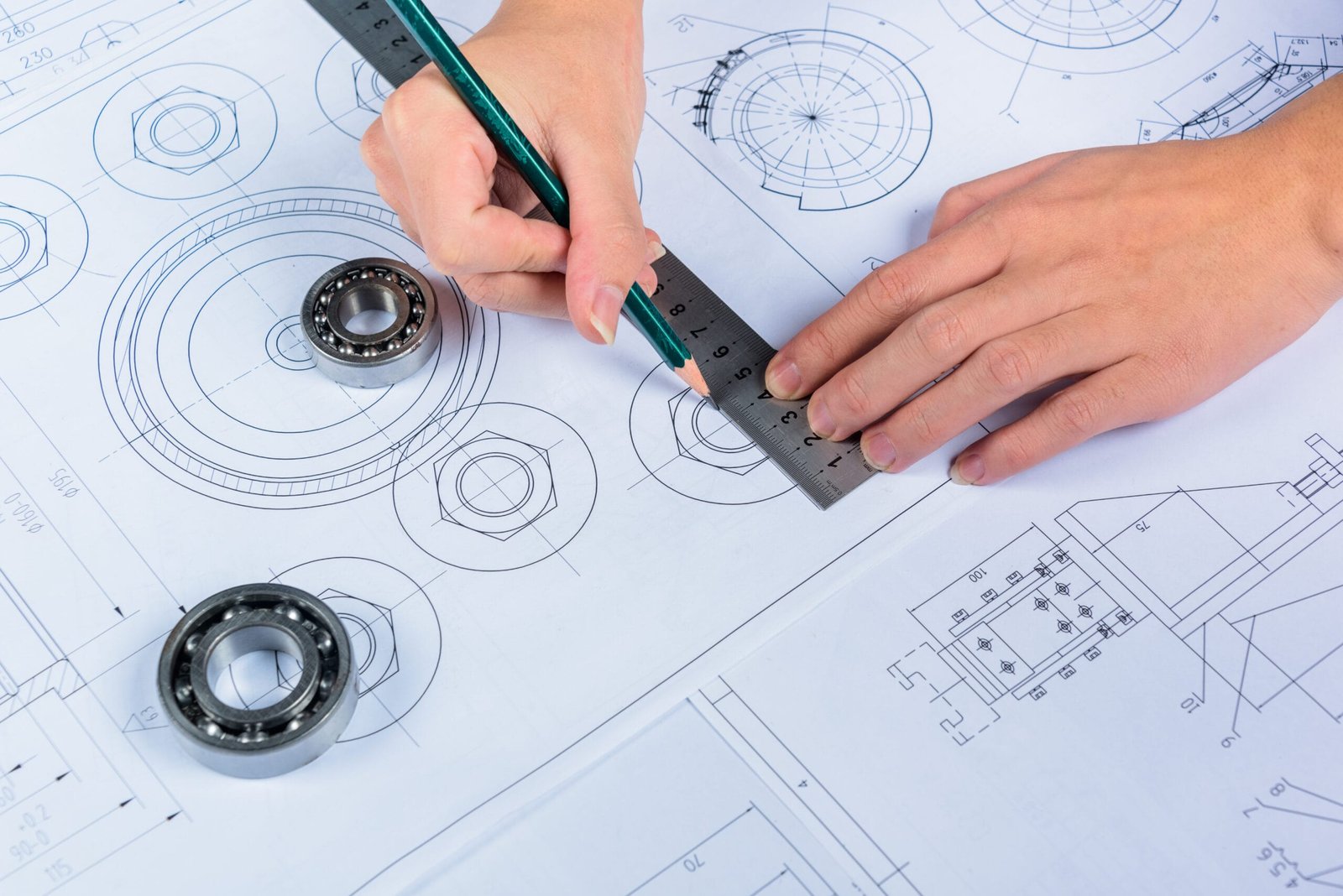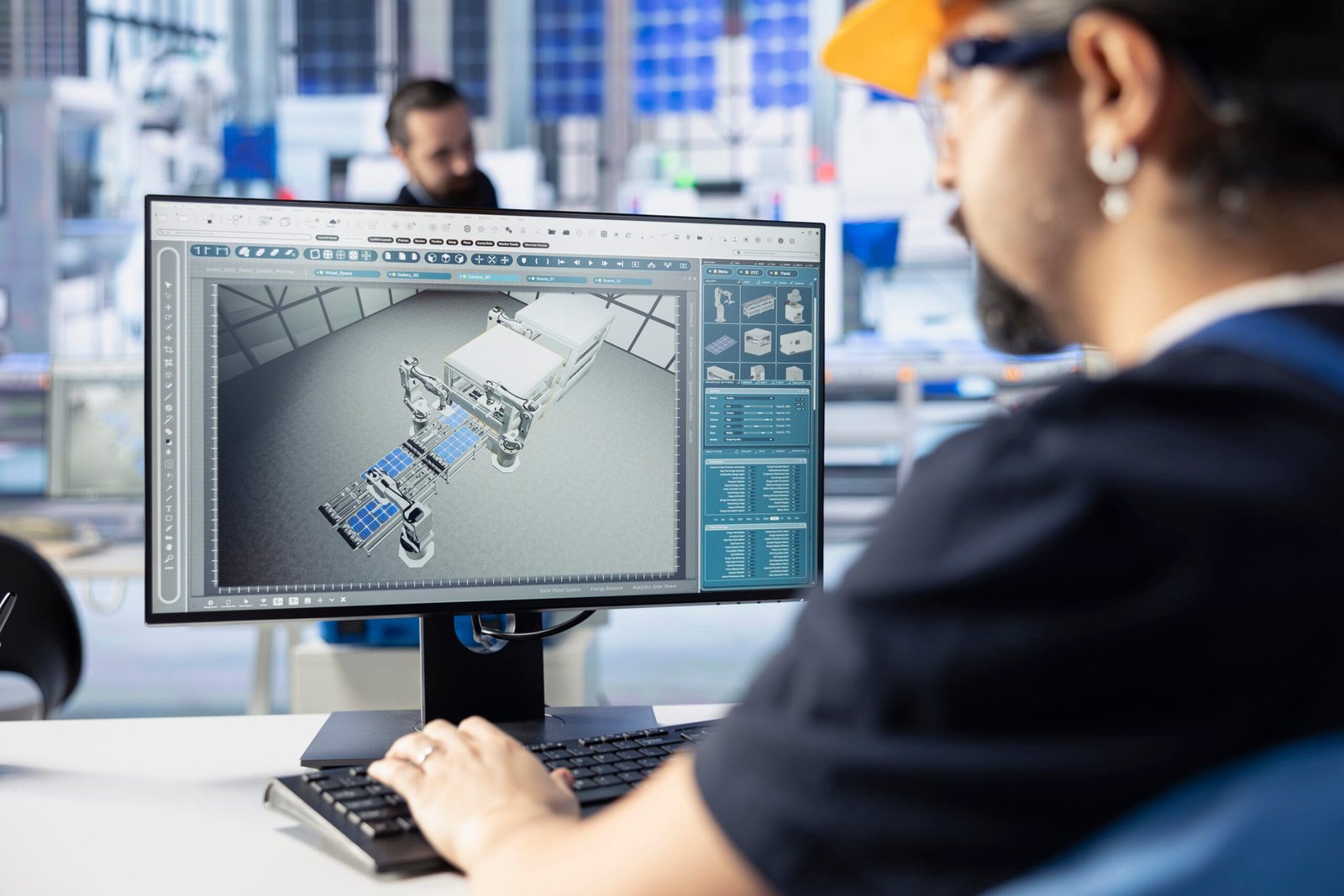Today we will discuss about 3D modeling with this guide for beginners. 3D modeling helps you understand the basics and essential tools to start making 3D designs. These designs are useful for creative and engineering projects.
Why 3D Modeling for Beginners Matters
Today, 3D modeling is quite important in modern design, engineering, gaming, animation, and product development. If anyone begins their journey in the field of design, then it is important to learn how to make 3D models. At Design Hok, we provide creators, designers, and engineers by simplifying complex concepts. This guide assists you in understanding 3D modeling for beginners. Moreover, it explains the tools you require and how to start a journey.
What Is 3D Modeling for Beginners?
3D Modeling for Beginners involves creating a 3d representation of any object. You need specific software for that. A 3D model is different from a 2D model. The reason is that you get an idea of depth, volume, and other relationships in a 3D model. However, in a 2D model, you only have the option to rotate, scale, and modify. So, you are able to understand things in real life.
It does not matter that you are designing a machine part or a video game character, as 3D modeling for beginners can translate your vision to reality.
Types of 3D Modeling for Beginners Techniques
You need to understand various methods to assist you in choosing the best one for your project:
- Solid Modeling:
It is used in engineering and manufacturing. It provides accurate and best solid modeling for making mechanical parts or structures. - Surface Modeling:
You have to focus on the outer layer of a model. So, this method works for car bodies, product designs, and casings, as surface looks are quite important. - Wireframe Modeling:
It is like the structure of a 3D object. So this type of modeling is used when you start a design. - Polygonal Modeling:
You are able to create objects using polygons, which is mainly used in game design.
NURBS Modeling:
These are mathematical curves for smooth surfaces. It is best for automotive or product design.
Software Tools for Beginners
Now we will discuss some of the 3D modeling options that are easy for beginners. At Design HOK, we use:
- TinkerCAD:
It is a web-based tool that beginners must use. It is best for students or other hobbyists. - SketchUp Free:
It has an attractive interface. So, it is best for architectural and interior modeling. - Blender:
You can do animation, modeling, and rendering using Blender. It is quite helpful if you master this tool. - Fusion 360:
This tool was developed by Autodesk. It merges industrial and mechanical design, simulation, and collaboration features. - AutoCAD 3D:
It is a flexible tool for engineering and construction. It is a bit complex, but it works best for mechanical projects.
Your First 3D Model
Now we will understand step-by-step how to get started:
- Plan Your Design:
The first step is to sketch your idea on paper. So, you are able to understand the object’s size and shape. - Open Your Software:
You have to choose a beginner-friendly platform. So, the top softwares includes TinkerCAD and SketchUp. - Begin with simple shapes:
You should not directly jump to advanced shapes. A number of 3D models are made by combining and modifying these. - Change the Shapes:
You may use transformation tools to resize, rotate, and combine shapes. - Add Materials and Textures:
It allows you to add color or textures to make your model look more real. - Render the Model:
Common Terms You Should Know
- Mesh: This means the group of vertices, edges, and faces.
Vertex: You can say a single point in 3D space a vertex. - Edge: A line segment that joins two vertices.
- Face: It is the surface of an object that is formed by edges.
- UV Mapping: You have to project a 2D image onto a 3D model’s surface.
- Rendering: It means to turn a 3D model into a high-quality image or video.
Suggestions for Beginners
- You must start with simple models. A bottle, box, or a chair are some of the models you can pick as a beginner.
- Check out Guides
You can watch online videos and courses to learn quickly. - Do it Consistently:
You have to be patient to get better in this field. - Engage with Communities:
You can engage with various communities. So, you get advice, feedback, and inspiration from these platforms. - Understand Real Objects:
You can observe real-world items. Moreover, you also have to think about how they can be broken down into basic shapes.
Fields Requiring 3D Modeling for Beginners
There are a number of fields that depend on 3d modeling. Let us discuss some of them:
- Engineering: You get an idea of how to create parts, assemblies, and mechanical systems with the help of 3d models.
- Entertainment: You can develop characters, environments, and special effects for games and movies.
- Healthcare: It helps you to create an image of organs, prosthetics, and surgical planning.
- Product Design: The process of developing prototypes and visual concepts for consumers.
3D Modeling for Beginners Services with Design Hok
At Design HOK, we provide advanced quality 3D modeling for beginners services that meet your requirements. It does not matter whether you are a startup or an architect, as our designers use the best software to deliver engaging designs.
Our support and guidance have helped beginners to achieve their goals. This turns their ideas into reality.
Conclusion
3D Modeling for Beginners is not just a skill. You become more creative and innovative with it. Practice and knowledge of tools are required to become an expert in 3D design. People of any skill level can begin 3d modeling as it has endless possibilities.
At Design HOK, we’re here to help you improve in your learning process. You can find our 3D modeling for beginners services. We will make your dreams come true by creating amazing three-dimensional creations.
FAQs
Q1: Is drawing needed to start 3D modeling?
Drawing skills help you with design planning, but not with 3D modeling.
Q2: Which software do beginners find comfortable to use?
Some of the top platforms for beginners are SketchUp and TinkerCAD. This is due to their intuitive and simple interfaces.
Q3: Can you design 3D models without a heavy computer?
Absolutely, a number of cloud-based tools like TinkerCAD. You can work directly in your browser.
Q4: How are 3D modeling and 3D rendering different?
3D modeling allows you to build the shape of an object. But you have to add lighting, textures, and effects for rendering.





